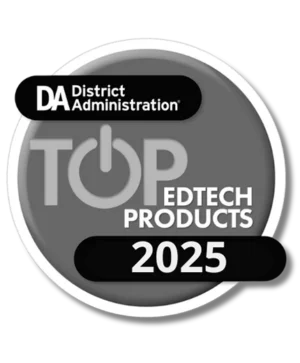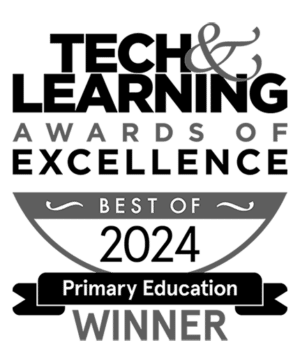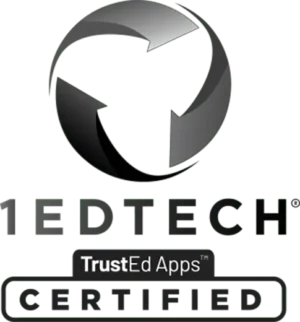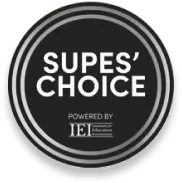

This post is part of TeachBoost’s new series called “From Vision to Reality: Pulling the Right Levers for Transformational Instructional Leadership.” Check out all the posts in our series, then subscribe to our blog to have posts delivered to your inbox as we publish new pieces.
{{cta(‘417de94b-2f71-4123-a807-1f4438f581c5′,’justifycenter’)}}
Chapter 1: Set the Stage
Let’s say you’re ready to embark on the work of transformational instructional leadership. That’s great! But where do you start? Thankfully, educators are always happy to share with their peers the lessons they learned. Over the next few blog posts, we’ll cover the following topics:
Set the Stage: Develop and Share Your District’s Theory of Action
Once you’ve defined and communicated your vision, then established a sustainable culture around instructional leadership, your next step is to be sure everyone understands and accepts the plan you’ve set forth. It’s time to develop and share your district’s theory of action (TOA).
“Any time you implement a new system of any kind,” says Sugarman, “it’s important that everyone understands what it is, what the implications are, what it says about our values, what we should do with our time. District leaders need to understand and communicate how any program fits in with the district’s other priorities.”
Your TOA requires an up-front commitment of time, energy, and strategy; however, the result of your efforts should be concise and direct. “In Oakland,” says Sugarman, “our theory of action is that frequent visits and meaningful feedback conversations are the most important thing a school leader can do to improve instruction and contribute to student success.”
After developing your TOA, it is just as important that you share your TOA in a way that is easily received and internalized. In order to understand the best way to disseminate their theory of action, Sugarman and her colleagues spent a semester learning how principals experienced being given new directives and being held accountable for new programs and systems. This work helped reset district expectations around instructional leadership and better them communicate their TOA.
Finally, it’s important to confirm that all your stakeholders are on board with your TOA. If not, spend time learning what those educators think is more important and, if appropriate, adjust accordingly.
Follow-up Activity!
Start your next staff meeting with this question:
What is our theory of action around instructional leadership?
Record the answers, then facilitate discussion around the differences in your team’s responses. Finally, consider and reflect on this in relation to your understanding of your theory of action.
Stay Connected
News, articles, and tips for meeting your district’s goals—delivered to your inbox.











